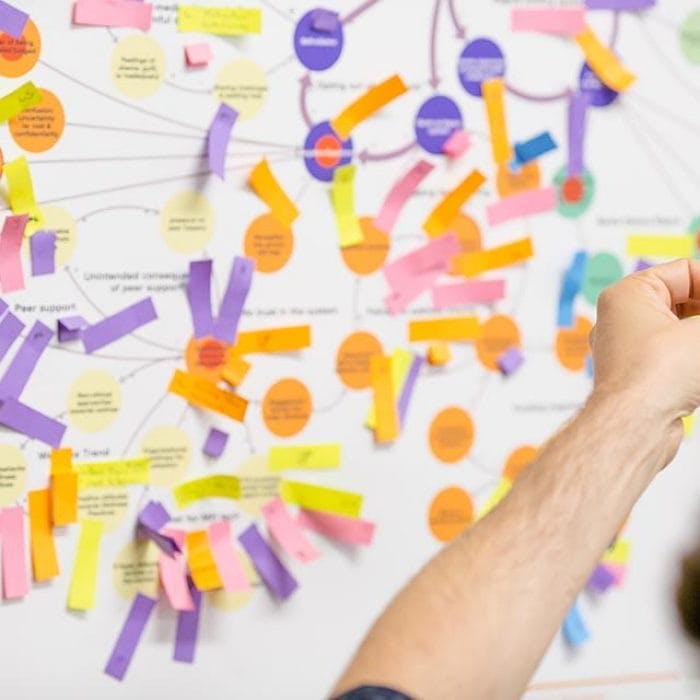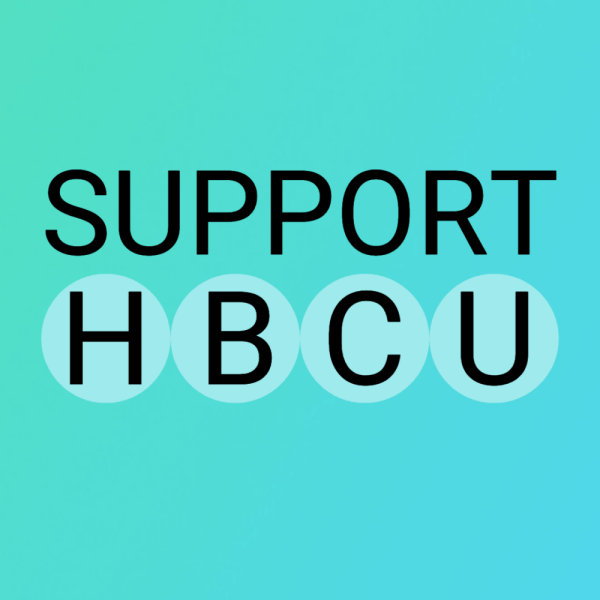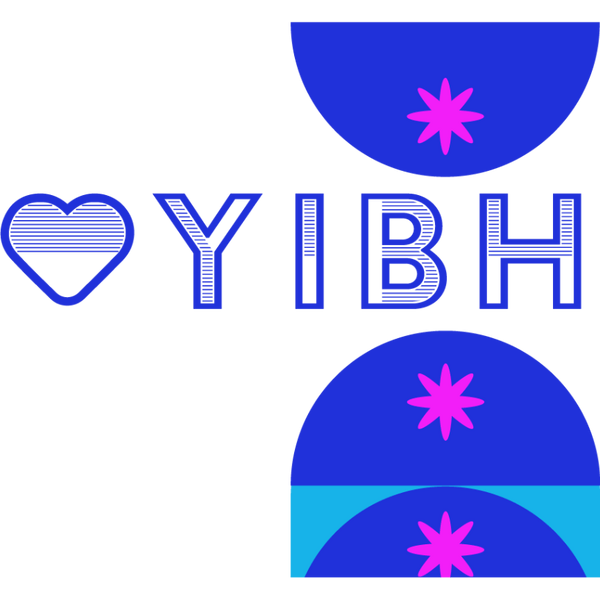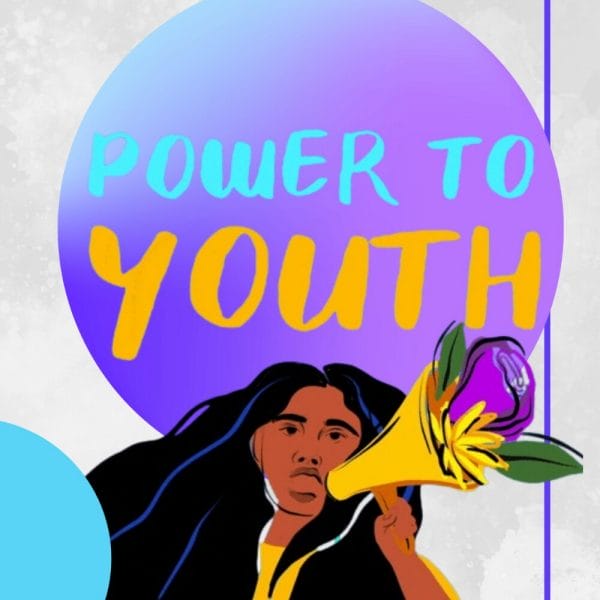The Hopelab team recently kicked off an initiative to help support the mental and emotional well-being of teens and young adults. We began this work stream with a workshop to gain clarity by exploring a diversity of perspectives with leaders and emerging talent in the mental health space. We came together last week to learn, connect, engage, and create the beginnings of a systems map with the help of our colleagues Becky Richeson and Rob Ricigilano from The Omidyar Group. If you’re unfamiliar with what systems thinking is, check out this video primer.
In order to understand why we started this project journey with systems mapping, it’s helpful to get a little inspiration from our founder, Pierre Omidyar. “Before you can intelligently engage a problem, you need to understand it.” We know that the mental and emotional health of teens and young adults is at risk, as we see higher rates of self-harm, high-risk behavior, and even suicide for this age demographic. In order to completely understand the problem, we need to take a step back to understand the whole complex system of teen mental and emotional well-being. Rob Ricigilano pointed out that systems work can often be understood as “social acupuncture.” With acupuncture, if you have a pain in your back, you don’t necessarily stick the therapeutic needle into your back; the needle goes elsewhere to affect the overall system.
Defining Our Goals:
We hope to take the insights we gain from this process and make them relevant and actionable to have greater impact in the world. To do that, we’ve started out by defining our guiding star and near star goals. Our guiding star goal is something that we’re aiming to achieve over the next ten or so years.
“We envision a society that cultivates and supports the mental well-being of teens and young adults.”
The near star goal is something we think we can attain in the next couple of years. “Institutions, organizations, and youth build solutions that have measurable, positive impact on the mental well-being of teens and young adults at significant scale.”
Please note these are early versions and might evolve over the course of this project work.





